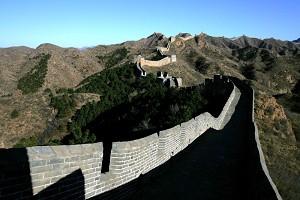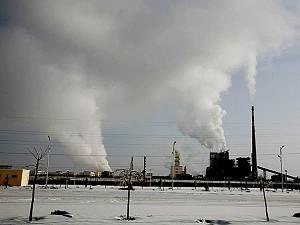TAIPEI−Drought and water shortage are the biggest bottleneck on water resource allocation, ecological environment construction and sustainable development in the northwest region of China, including the provinces of Xinjiang, Qinghai, Gansu, Ningxia, Shannxi and Western Inner Mongolia.
According to a report by the Northwest Water Resource Project Team of the Chinese Academy of Engineering, the water resources in China’s northwest areas only account for 5.84 percent of the country’s total, but the amount available per capita in the region is 80.5 percent of the national per capita water availability. Due to the harmful effect of climate change, along with sustainable economic and social development, water shortage in the region could become more serious in the future.
Chinese experts warn that from 2010 to 2030, northwest China will have a shortage of nearly 20 billion cubic meters of water a year. By 2050, the situation may be ameliorated to 10 billion cubic meters of water a year.
Faced with the serious shortage of water resources, Chinese experts proposed to establish an agricultural structure suitable to water resources—a water-efficient agricultural structure, including the development of less water consumption and high efficiency of modern agricultural facilities.
According to the report, Minqin County of Gansu, one of China’s main dust source regions where water shortage has long hampered the agricultural development, has developed the water-saving agricultural facilities. As of April last year, Minqin has completed the construction of 3,800 mu (627.5 acres) of efficient water-saving greenhouses, and plans to build 50,000 mu (8,233 acres) greenhouses in 2010.
According to the Minqin Agricultural Bureau, greenhouse facilities not only save water efficiently, but also favor the growth of crops by making use of the rich sunlight resource.
In the arid zone and southern mountains of the central part of Ningxia, farmers have long depended on rainfall to grow any crops. To increase the yield on the existing cultivated land, farmers have overexploited the soil and water resources without recognizing the dangers inherent in such behavior. This has seriously damaged the ecological environment.
Ningxia’s local government has vigorously helped farmers build greenhouses to grow fruits and vegetables, increasing farmers’ income and improving their living conditions.
By the end of 2007, Ningxia has transformed more than 410,000 mu (67,542 acres) of water-saving farming land, of which 150,000 mu (24,711 acres) was newly developed in 2007 alone, the equivalent of the prior three years of development.
The greenhouse facilities have become increasingly popular among farmers in the northwest. Xinjiang has built 600,000 mu (98,842 acres) of greenhouses while Qinghai has developed 97,000 mu (15,979 acres).



